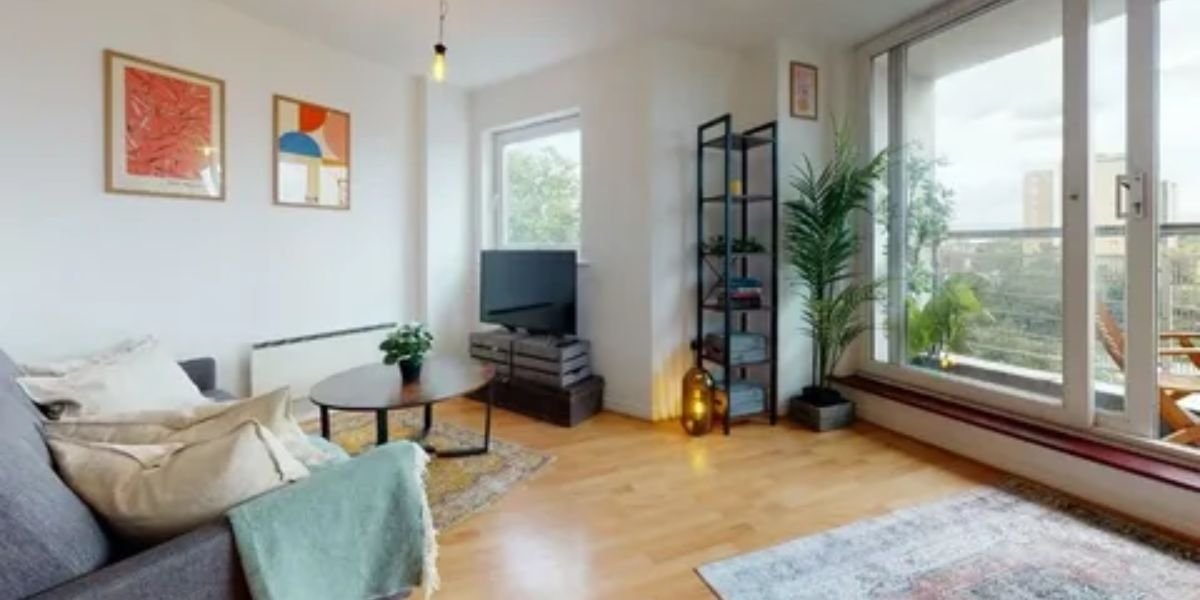Cities are living organisms. They expand, adapt, and respond to the pressures of modern society, from population growth to technological innovation. Among the great cities of the world, London stands as a striking example of how urban environments evolve while maintaining a deep connection to their historical roots. Its skyline tells a story of centuries of change, where classical architecture coexists with cutting-edge design.
Today, London is not only a hub for finance and politics but also a center for research, education, and cultural exchange. As more people from across the globe are drawn to its opportunities, the demand for housing continues to rise. This growth reflects the broader scientific and social questions surrounding how people live, work, and interact in modern cities.
The Changing Dynamics of Urban Space
Urban development is both an art and a science. It involves balancing sustainability, accessibility, and human well-being. London’s housing market offers a fascinating study in this balance. The city’s neighborhoods vary dramatically in character and function, from the busy heart of the financial district to the quieter residential streets that surround it.
Rising demand has encouraged new models of living that integrate technology, energy efficiency, and shared spaces. Developers now focus on creating homes that meet the needs of a diverse and mobile population. For those exploring apartments in London for rent, the range of choices is vast, from sleek modern buildings with smart home features to historic properties carefully restored to retain their charm.
The science behind urban design plays a significant role in shaping these developments. Architects and planners draw on data about light exposure, airflow, and material efficiency to create spaces that support physical comfort and mental health. This intersection of design and data is transforming the way people experience life in cities.
Sustainability and Smart Living
One of the most important themes in contemporary urban housing is sustainability. London has become a leader in adopting green technologies that reduce environmental impact while enhancing quality of life. Modern housing projects often include renewable energy systems, water recycling, and insulation materials that maintain indoor comfort while minimizing energy use.
Beyond physical structures, sustainability extends to transportation and lifestyle. Proximity to public transport, walkable streets, and community green spaces encourage residents to live more consciously. These considerations not only benefit the planet but also foster a healthier and more connected society.
Technology is central to this shift. Smart home systems allow residents to monitor energy consumption, control lighting and temperature remotely, and even optimize air quality. The integration of these tools demonstrates how scientific innovation can translate into everyday convenience. As cities like London continue to grow, this model of environmentally intelligent housing will likely become the global standard.
The Human Element in City Living
While technology shapes the design of modern housing, the true success of urban development lies in how it serves human needs. A well-designed apartment or community should create a sense of belonging and well-being. In London, this principle is visible in the way neighborhoods blend modern architecture with social spaces such as cafés, gardens, and cultural centers.
For many residents, the city’s diversity is one of its greatest strengths. People from every continent live and work here, bringing with them a mix of languages, cuisines, and traditions. This cultural richness transforms housing from a mere necessity into an experience of coexistence and learning.
The mental and emotional aspects of city living are increasingly recognized in urban research. Noise levels, access to natural light, and proximity to green areas all influence mental health. Studies show that residents who live in well-ventilated homes with views of nature report higher levels of satisfaction and lower stress. For this reason, the design of apartments in London for rent increasingly reflects the principles of wellness architecture, which seeks to harmonize the built environment with human psychology.
Affordability and Innovation
London’s reputation as a global city brings both opportunity and challenge. Demand for housing remains high, and affordability is an ongoing concern. Researchers and policymakers have explored ways to make urban housing more accessible without compromising quality.
Co-living spaces, for example, are one innovation that blends private and shared living areas. These developments cater to young professionals and students who seek flexibility and community. Technology again plays a role, allowing for efficient resource management and shared services.
The city has also encouraged adaptive reuse projects, where old industrial buildings are converted into modern homes. This approach reduces waste and preserves the historical character of neighborhoods. By combining heritage with innovation, London continues to set an example for sustainable urban transformation.
Education, Research, and the City’s Appeal
London’s position as a center of global education further enhances its housing demand. Students and academics from leading institutions such as Imperial College, University College London, and the London School of Economics contribute to the city’s intellectual vitality. This influx of talent ensures a constant need for accessible and high-quality accommodation.
For researchers and professionals relocating for work, the availability of apartments in London for rent near academic and research districts provides convenience and community. Living close to laboratories, universities, and innovation hubs allows for collaboration and creativity to thrive. The city’s infrastructure supports this mobility, offering efficient public transportation and digital connectivity that meet the demands of modern life.
Looking Ahead: The Future of Urban Living
As the global population continues to urbanize, cities like London will play an essential role in shaping the future of sustainable living. Advances in materials science, renewable energy, and digital technology will continue to redefine how people experience their homes.
The future may see buildings that generate their own power, adapt to weather changes, and even adjust layouts according to the needs of residents. Research into energy-efficient construction and smart city design points toward a more interconnected urban ecosystem where housing, transport, and infrastructure function as one intelligent network.
London’s approach serves as a model for this evolution. By combining history with innovation, the city shows that progress does not require the loss of identity. Its architecture, public spaces, and communities reflect a deep understanding that science and culture can coexist beautifully in the same environment.
Conclusion
The story of London’s housing is, in many ways, the story of human adaptability. As science and technology advance, they reshape the spaces where people live and work. The result is a city that remains timeless yet continually renewed.
For those drawn to experience it firsthand, London offers more than a place to stay. It offers a lesson in balance between the old and the new, the personal and the communal, the sustainable and the luxurious. In this ever-evolving metropolis, the future of urban living is already unfolding at one home at a time.














